the flinders ranges and the area around it must be every geologist’s dream and every farmer’s nightmare. the ranges were formed from a thick layer of deposits covering the floor of an ancient inland sea. later, about 500 million years ago the entire region stretching from the northern part of the flinders to kangaroo island was folded into a massive mountain range, over 6000 meters high.
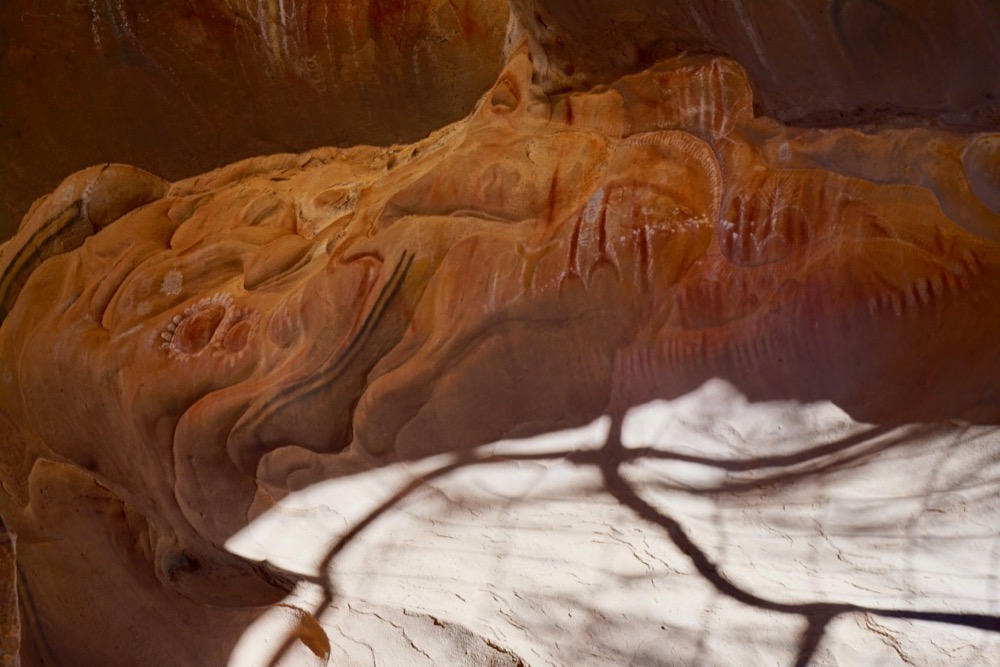
ever since the time honoured australian tradition of gently bringing tall poppies back in line has, through erosion, ensured that today the peaks are only little higher than 1000 meters.
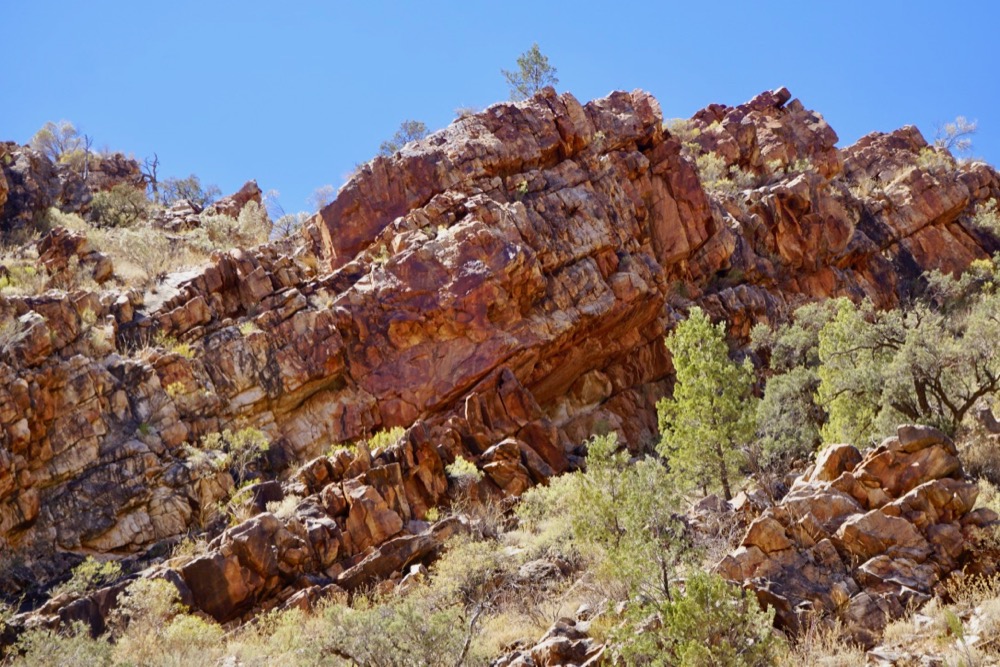
on a related note, when we visited the grampians there was a reference to a high mountain range to the west, and the fact that eroded material from there formed the grampians – could it be that this referred to the flinders?
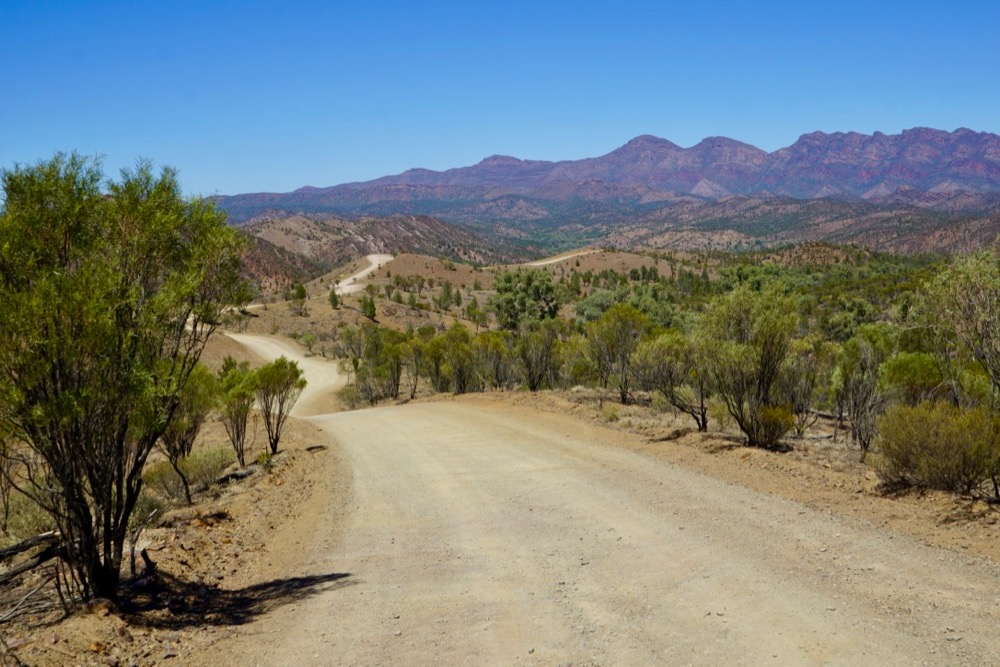
there is a great drive through the brachina gorge (the iconic photo above was made in bunyeroo gorge, on the way to brachina) that describes the different sand- and limestone layers, with the younger ones around 500 million years and the oldest around 600 million years old.
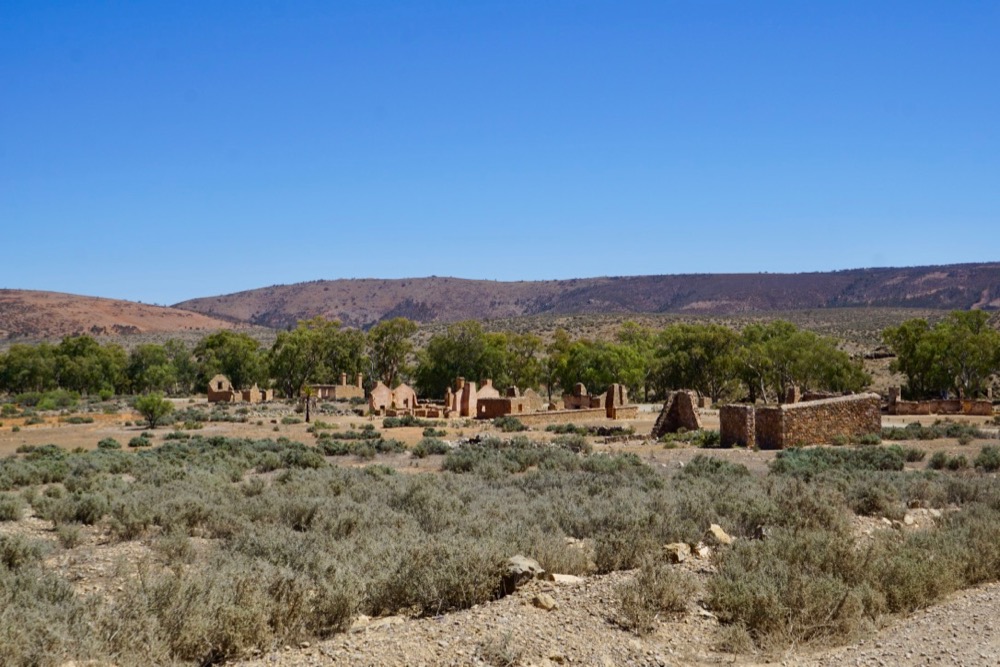
given it took many hundred million years to shape the area it is stunning that it apparently only took white settlers half a generation to completely ruin the fauna. it is depressing to drive past so many abandoned homesteads, but the story told on the plaques near the hills homestead inside wilpena pound provides an insight.
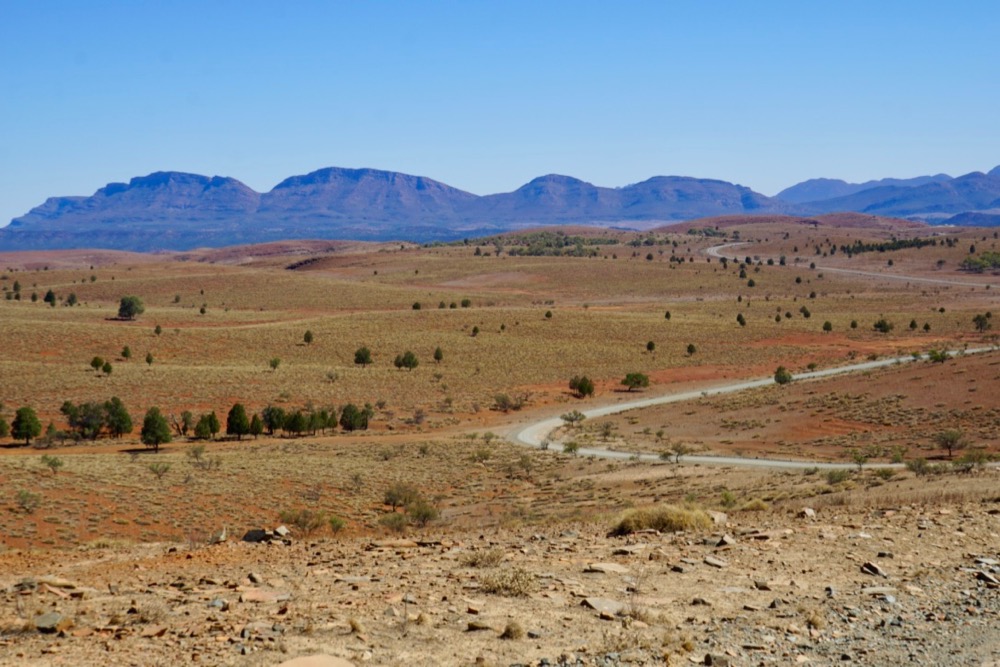
farmers wanting to lease land from the government were apparently forced to run large cattle or sheep herds to be able to pay the lease calculated by the bureaucrats far away based on what they thought the land should sustain. it would not surprise me that the figures were based on experience from the ‘mother country’. as always and rather unsurprisingly incompetent leadership drives catastrophic outcomes.
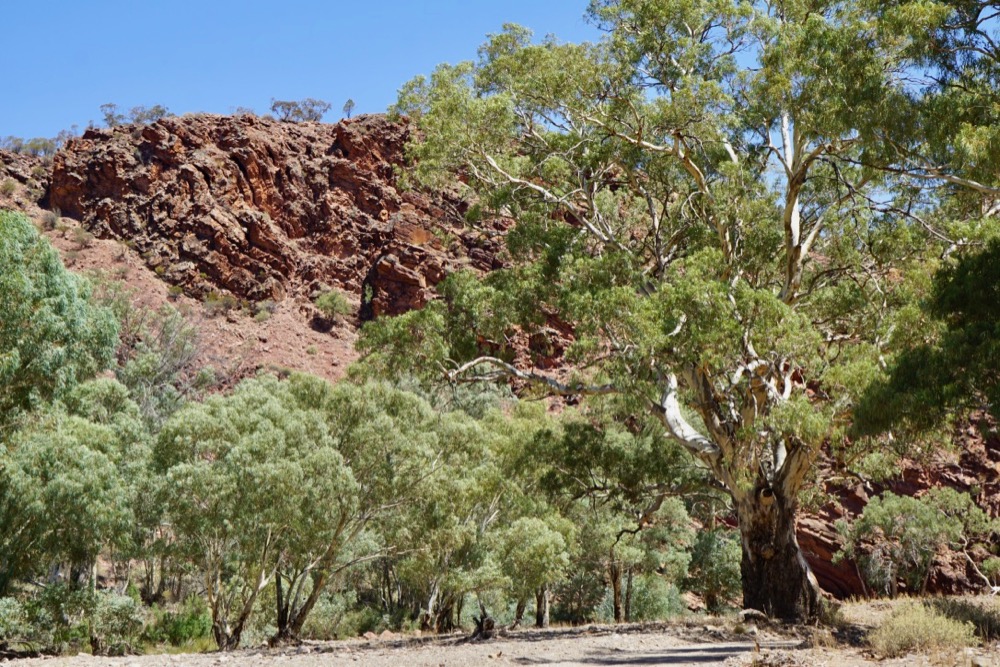
settlers arrived in the area in the mid 19th century and in 15 years the salt bush had been decimated by tens of thousands of heads of cattle and sheep. the drought in the 1860ies really just sealed their fate and drove most farmers out of business.
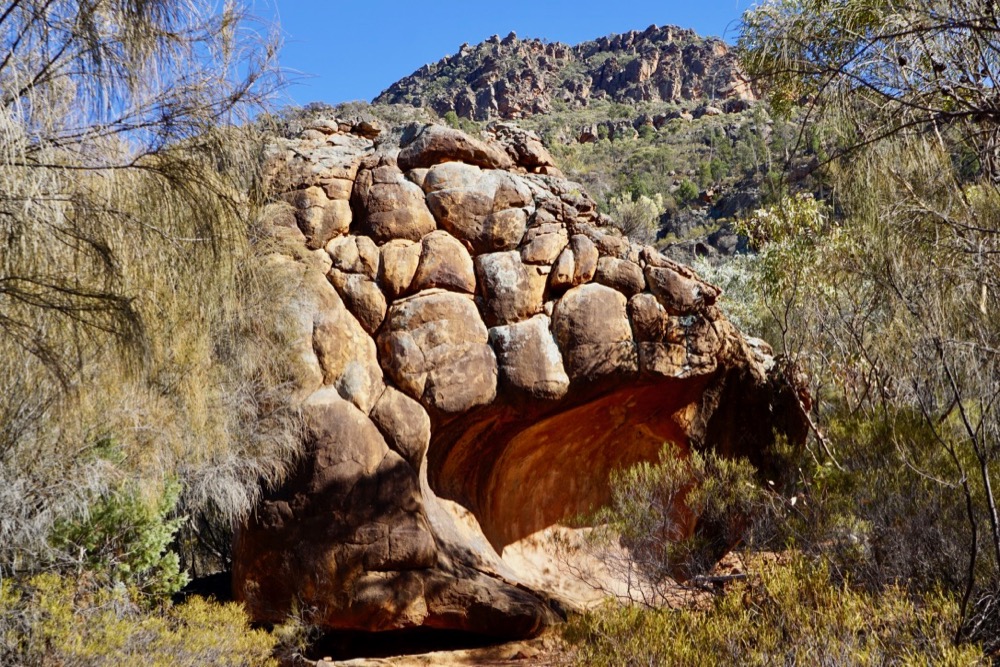
in the case of the hill family, in 1914 the rain that brought some relief to their cattle venture on the plains washed away the road through wilpena gap they had constructed at great effort.
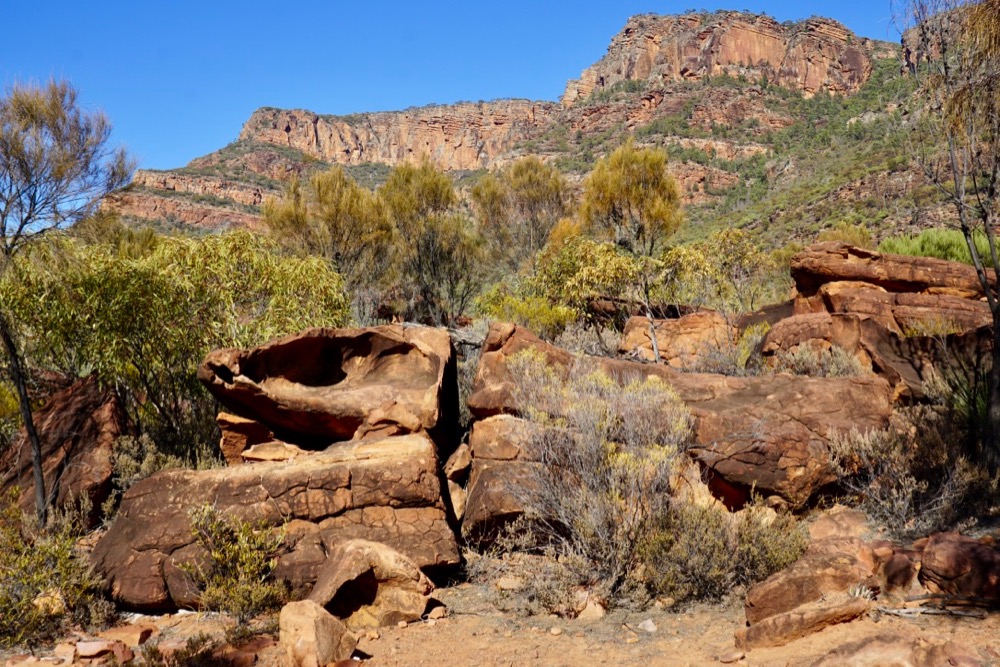
in a way that may be a good thing: since then efforts have progressed to restore wilpena pound to it’s former – pre-farming – glory and to try to reintroduce species that had been driven to or at least almost to extinction in this part of the country. the effort is called ‘bounceback’ and hopes to restore the yellow-footed rock wallaby, the quoll and interestingly also the brush tail possum.
the yellow footed rock wallaby is a particularly sad example. the combination of these animals actually being territorial rather than migratory and a price on their heads drove them to the brink of extinction. a rather short-sighted set of key performance indicators if i may say so; there is no fulfilling any quote once the product is dead.
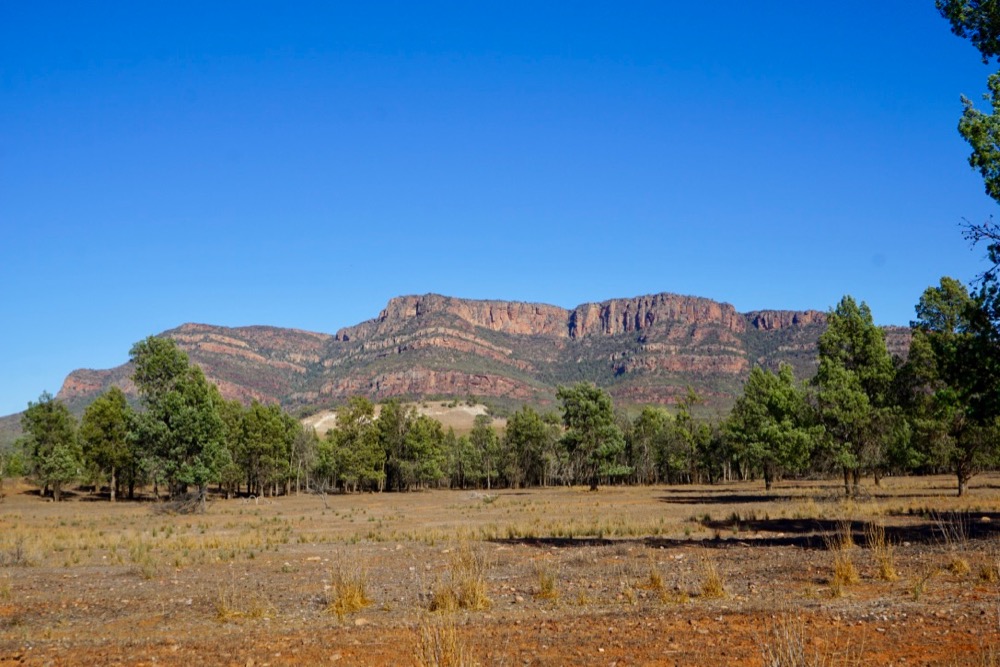
coming to the flinders from the south, through flat and mostly dry country, we were surprised by the vegetation in and around the flinders. there are cypress pines, smaller eucalypts and absolutely massive river red gums.
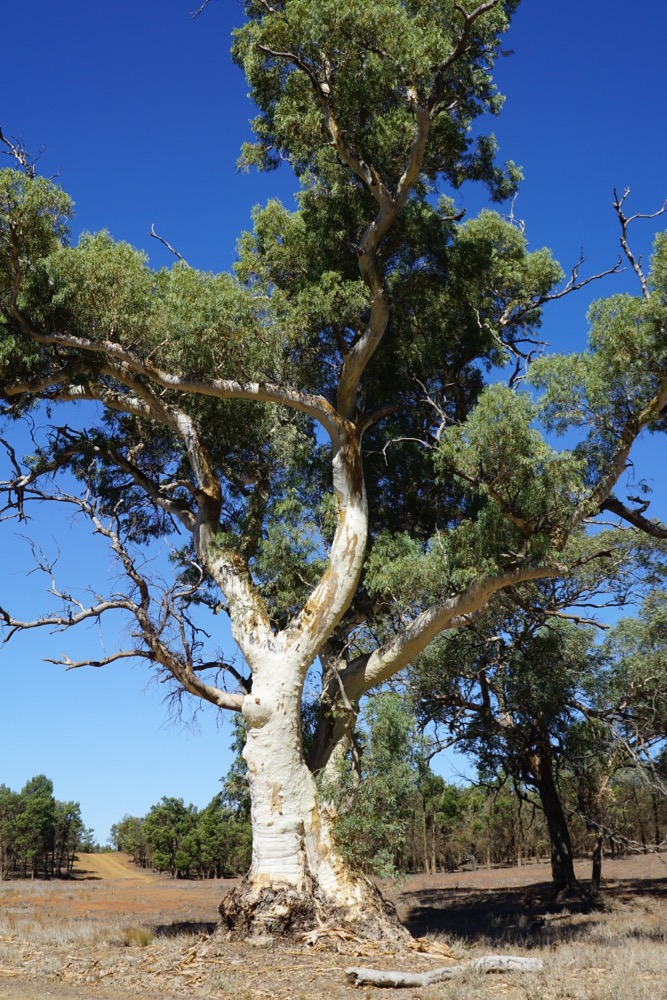
some of them must be close to 10 meters around, and the limbs that they drop from time to time could easily crush a car.
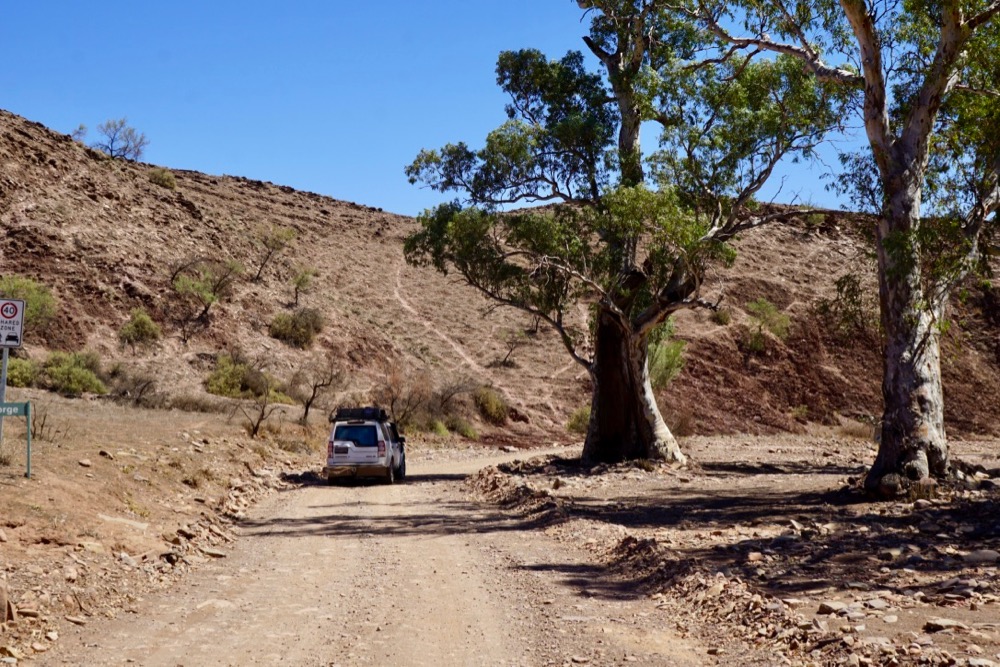
both the bunyeroo and the brachina gorge follow river beds; dry at this time but showing clear signs of water. it does not rain much here but when it does the region can sometimes get almost a year’s worth of water in a matter of hours. the dry earth can’t soak up the water and the gorges and floodways fill very quickly.

the drive through bunyeroo and brachina must be one of the best in the flinders. another highly recommended side trip is the one to the sacred gorge.
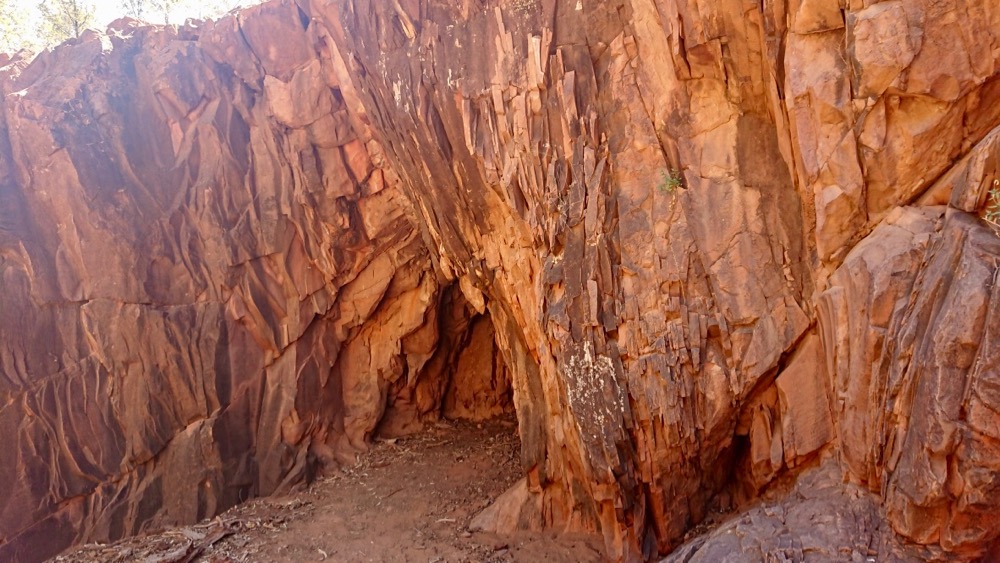
it’s only a short walk but amazing how the water cut through the different kinds of rock formations.
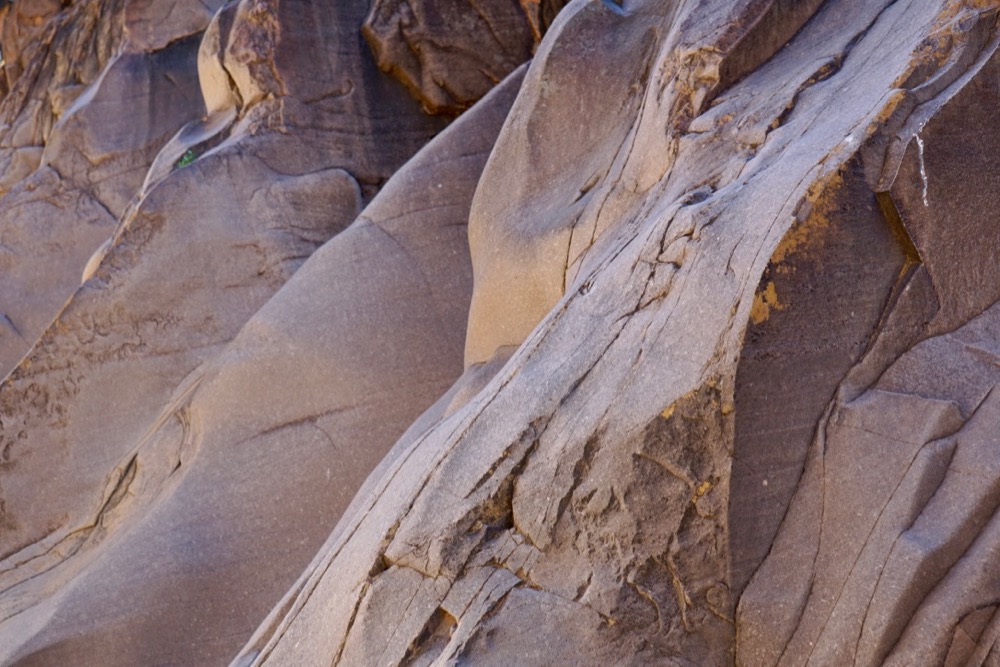
there are aboriginal rock carvings and it is not hard to understand why they would have chosen this place to stay.
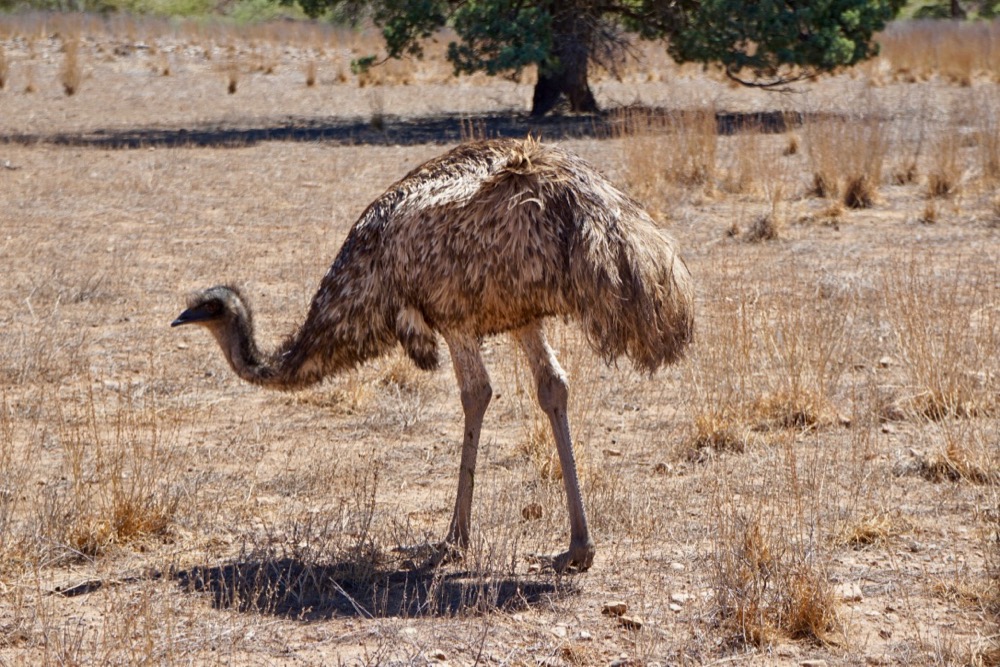
finally and obviously the pound itself is worth the walk.
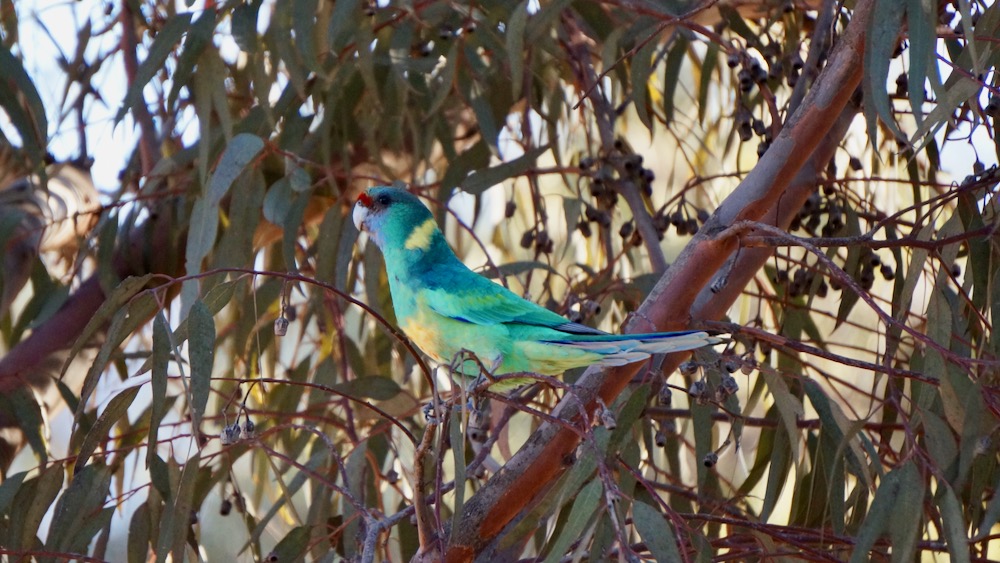
here’s a video with footage from around the flinders. i’m finding it increasingly difficult to edit the video so that it’s not too boring and does not contain an abundance of material containing a small white car, a deceptively tiny white caravan and people in silly hats. i’m trying – bear with me.
tomorrow we’ll be heading back to the coast. the girls said they have inhaled enough red dust for now. i can see why they think that.
